Coffee blossom honey & Onyx Coffee
Edwin Martinez of Onyx Coffee is one of those people who makes you believe in the power of following your own path, rather than the one that may be initially prescribed to you. He quite literally grew up with Guatemalan coffee in his veins, and was helping his family run their coffee farm in Huehuetenango at an age when many of us were just considering third grade. Despite this, Martinez did not simply take over the family business, instead choosing to seek out other avenues of employment that would allow him to learn and grow, and perhaps eventually, “afford” to work in the coffee world. Through a series of events, in which he followed his intuitions and interests, Martinez was pulled back to coffee, and started Onyx Coffee in 2007 to connect producers in Guatemala to roasters around the world. He’s humble and honest about his quest for quality, and all of the micro considerations one most make in order to run a business that thrives on a relationship to the place of your familial roots.

I’m so intrigued by your childhood memories helping out on your grandparent’s coffee farm. Is there one moment or memory in particular that stands out in your mind from those days?
Definitely. I was 11-years-old and was riding with my dad on his dirt bike on a winding paved road along a cliff for two hours before going up another hour and a half up a very bad dirt road to our farm. Aside from swerving around some pretty big potholes, there were many large rocks and boulders on the road. We had left very early to ride, before the sun rose over the dew covered mountains, and before the midday sun dries things up and allows for the roads to get quite dusty. As we climbed on one particularly steep stretch, I held on tight not wanting to fall back. I was pretty tall for a half Guatemalan 11-year-old boy. We hit a slippery rock and the back tire slipped sideways and we both went down. We got some bruises and the motorcycle had few new dents. We picked ourselves up and I could tell my dad felt terrible, as any father would, but when we both realized we were fine we hopped back on and went on our way. This particular trip stands out because we often went to Finca Vista Hermosa as a family with my sister and parents, and often had aunts, uncles, cousins and grandparents along as well. But, occasionally it was just my dad and I. On this trip my dad shared how at my age he was already coming to the farm by himself to do payroll. To this day, I can’t quite wrap my head around that given that I have a son that will be 11 this year. Those were different times. After he shared this with me, I asked if I could do payroll knowing the answer was no, but he said yes, and there I was receiving hand written time cards, counting cash and running payroll with a line of over 40 pickers waiting for me to pay them for the last 15 days of work. When I was done, it was back to playing with my three busted up G.I. Joes in the dirt, and collecting tadpoles in the stream. This particular trip was somehow like a rite of passage.

How did your family connection to coffee guide you on your path to creating Onyx Coffee?
I feel like I should have a compelling personal origin roots story here, but I was maybe eight-years-old when I realized I would not make any money growing coffee. I did almost every job one can do on a farm, and I saw there were more years of loss than profit. I sort of ran away from coffee — I wanted to make money somewhere else so I could afford to be in coffee.
I was maybe eight-years-old when I realized how difficult it was to make a living being a coffee Producer. I did almost every job one can do on a farm, and I saw there were more years of loss than profit. I sort of ran away from coffee — I wanted to make money somewhere else so I could afford to be in coffee and wanted to create a model where Producers who produced great coffee could be rewarded and make a living for their quality product.

Can you tell me more about your “coffee journey,” i.e. the path you took after discovering that you wanted to make a career out of coffee? You mentioned making “horrible espresso” on an old Simonelli and a rented espresso cart?
It was 1995, and I borrowed $6k from my parents to buy a used Chevron blue cart (was designed for use at a Chevron gas station), and a one group Mac Digit 2000 by Nuova Simonelli. These were the days where quality in whole bean coffee was synonymous with oiliness. I had a fixed location with five employees while finishing university. I never made any money until I started catering. I learned a lot about business, and how consistency and service go a long way even with a mediocre product. From there, my journey has been a never ending quest for a deeper understanding of quality.

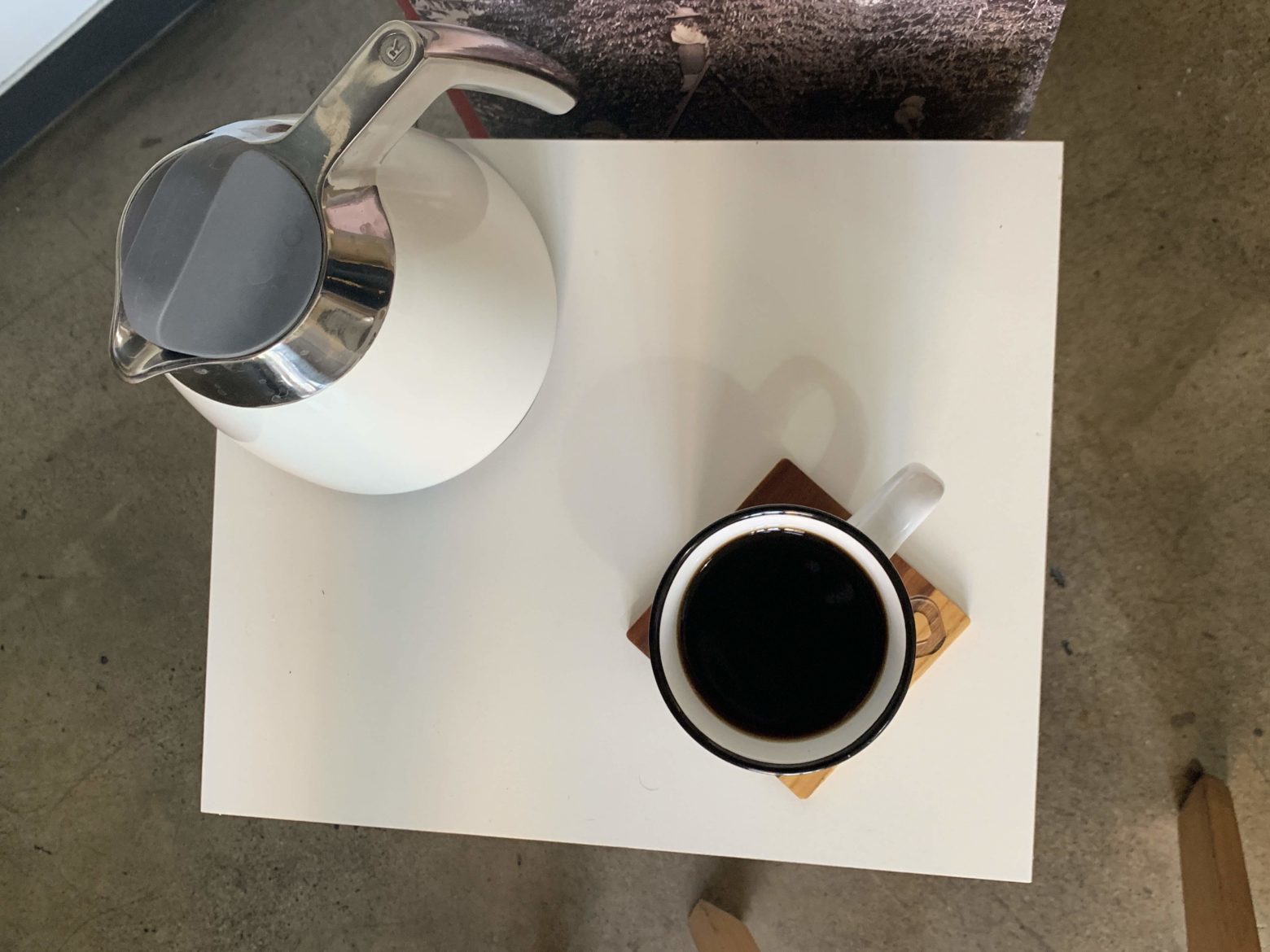
How have you managed to create and build trusting relationships with the farmers in Guatemala? What is your approach in establishing these relationships?
The roasting community and the end customer have been hungry for a high quality product and a stronger connection with the origin and story behind the Producers of their coffee. As a vertically integrated organization that farms, buys, exports, imports, and sells coffee we are fortunate to be trusted by both the roaster and Producer to support their businesses. Our strength is in the depth of our roots and the desire to build an enduring company founded on these sustainable relationships. We build these relationships by sharing best practices, and being willing to try new things, Being honest with each other: with the good, the bad, and the. Knowing how to listen and truly working to understand another person’s reality, and not working to impose our own.

How do you bridge the gap and establish relationships between those who grow the coffee, and those who buy, roast, brew and sell it?
We do host a lot of roasters in Guatemala. Our incredible team in Guatemala that largely does the sourcing, QC, Producer Support, and Roaster Hosting. In addition the gaps are bridged more through education that goes both ways, and is driven by us learning every day how to listen and understand our customers. Our customers are coffee producers as well as the roasters. Ultimately, everyone needs to win as well as understand each other’s pains in order to develop a meaningful relationship. For me personally, the greatest glue is time. My criteria for who is a good fit to work with is very much based on if a producer and roaster are thinking long term or not.
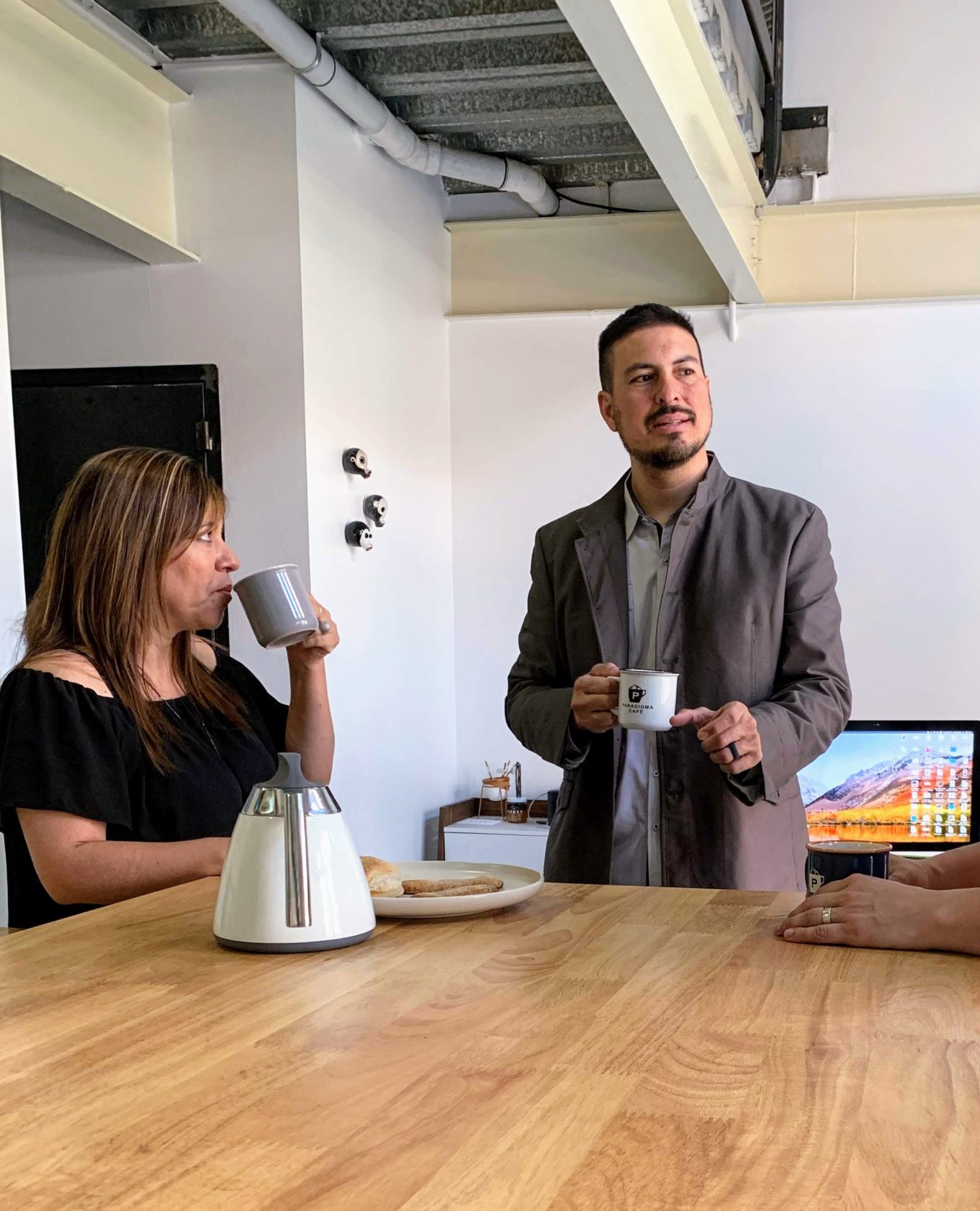
The Coffee Blossom Honey Project seems like such an organic extension of the work you were already doing with Onyx! Can you tell me more about what it is, and how it came to fruition? Do you have a favorite honey from the Producer Series?
I was hosting four roasters from the Pacific Northwest, and we visited a neighboring producer who was simply being a generous host sharing with us some bread with raw honey, orange wedges and coffee. It was surreal, and it hit the spot knowing everything we were served came from the land around us. One of the roasters started asking more about the honeycomb we were served, and before we knew it, we were hiking back up the mountain to see their apiary.


One of the problems in coffee as a commercial crop is the risk in lack of genetic diversity paired with lack of general diversity in agriculture in many coffee growing areas. As a result, we know that these honeys are largely from coffee blossoms. It took a few years, but we managed to develop a supply chain connecting honey from many of the same coffee producers we work with to many of the same roasters that buy these coffees. My favorite will always be Jorge Mendez’, as he is our neighbor and was the first that we sourced from.

What’s your favorite way to brew and drink coffee?
Ha! I’m a bit biased. I developed distribution for Hario in North America, and was able to facilitate launching distribution in a few other markets including Scandinavia. My favorite is a V60 for reasons of function. The factory in Tokyo is one of the greenest glass companies in the world, and they make up for being slow to innovate with practical design. I have always thought the Chemex was the most beautiful brewer though. It’s sexy. V60’s are not sexy. The process of making coffee can be a thing of beauty. Any process that involves perfect extraction of a quality product, and has an outcome that is delicious, I find highly rewarding. And when it is beautiful in form, perfect in function, and not fussy, it is magical. We have over 100 roasters come through our lab, in the arts district in Guatemala City, each year to cup coffees, and the last few weeks, as we’ve had the Ratio Eight in the house I have enjoyed the feedback. Mostly it goes something like this:
Green buyer: “That brewer that is on the counter at your cupping lab!” Then we both share a subtle smile and nod, no more words are exchanged but much is said. It’s just like really good coffee on the cupping table never needs to be sold. It sells itself.
Side note – Raul Rodas was 2012 World Barista Champion and has had the chance to see a lot of products the last few years and when I asked him if he unpacked the Ratio Eight (I already knew the answer) he said yes. Then I asked, if he had unpacked the thermos carafe and if he held it. And he looked me in the eyes and slowly said yes and I just said “the weight!” and he said “yes” again.
Another moment with few words where much was said. We LOVE that server so much!
__
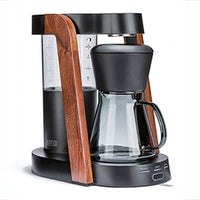 Ratio Eight S2
Ratio Eight S2
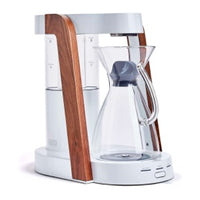 Ratio Eight Original
Ratio Eight Original
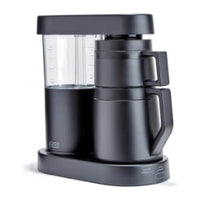 Ratio Six
Ratio Six
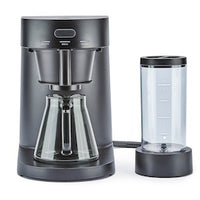 Ratio Four
Ratio Four
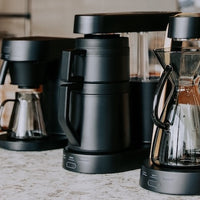 Compare Machines
Compare Machines






